Near Field Communication (NFC) has emerged as a game-changer, transforming the way we interact with everyday devices and services. NFC is a wireless communication technology that allows data exchange between devices in close proximity, typically within a few centimeters. The simplicity and convenience of this technology have led prominent B2C and B2B companies to incorporate NFC into their products and services, enhancing user experiences across various domains.

How NFC Works
NFC operates on the principles of radio frequency identification (RFID) and electromagnetic induction. It enables two-way communication between an NFC-enabled device, often a smartphone or a tablet, and an NFC tag or another NFC-enabled device. The NFC tag contains information that can be read or written by the device, allowing seamless data exchange.
The communication between devices occurs when they are brought close together, establishing a connection through radio waves. There are three modes of NFC operation:
-
Reader/Writer Mode: In this mode, an active NFC device, like a smartphone, can read information from a passive NFC tag embedded in products, posters, or even smart labels. It can also write data to the NFC tag, updating its content for future interactions.
-
Peer-to-Peer Mode: This mode enables two NFC-enabled devices to exchange data directly between each other. It is widely used for file transfers, contactless payments, and other real-time data exchanges.
-
Card Emulation Mode: In this mode, an NFC-enabled device can mimic a contactless card, enabling secure transactions and access control applications. This mode is widely employed in mobile payment systems.
Prominent B2C Applications of NFC
-
Mobile Payments: NFC technology has revolutionized the way consumers make payments. With the rise of mobile wallets, such as Apple Pay, Google Pay, and Samsung Pay, consumers can now make contactless payments using their smartphones or smartwatches at NFC-enabled payment terminals. This enhanced convenience has accelerated the adoption of mobile payment solutions worldwide.
-
Smart Retail: NFC is transforming the retail experience. Retailers are embedding NFC tags in products, allowing customers to tap their smartphones to access detailed product information, reviews, and promotions. Additionally, NFC-enabled smart posters and digital signage offer interactive experiences, engaging consumers in innovative ways.
-
Transportation and Ticketing: NFC has greatly improved the efficiency of public transportation systems. NFC-enabled smart cards and mobile ticketing systems enable seamless access to buses, trains, and other public transport services, eliminating the need for physical tickets or cash transactions.
-
Interactive Marketing: NFC is utilized in marketing campaigns to engage consumers actively. Brands use NFC tags in promotional materials like flyers and posters, enabling users to access exclusive content, participate in contests, or receive discounts and offers by simply tapping their smartphones.
Innovative B2B Applications of NFC
-
Supply Chain Management: NFC plays a crucial role in improving supply chain efficiency. Companies are leveraging NFC tags to track and manage inventory, authenticate products, and prevent counterfeiting. This level of transparency helps in streamlining logistics and enhancing product traceability.
-
Access Control and Security: NFC-enabled smart cards or badges are widely used for access control in offices and events. Employees or attendees can use their NFC-enabled IDs to gain entry, making the process faster and more secure.
-
Asset Tracking: NFC technology is utilized for tracking valuable assets in industries like healthcare, manufacturing, and construction. By attaching NFC tags to equipment and tools, businesses can monitor their location and usage, reducing loss and improving asset management.
-
Industrial Automation: NFC facilitates quick and secure communication between devices in industrial settings. It is used for equipment configuration, maintenance, and diagnostics, enhancing overall efficiency and productivity.
Security Considerations
One concern surrounding NFC technology is its vulnerability to data interception and hacking. However, modern NFC implementations have incorporated robust security measures to mitigate such risks. Encryption, secure elements, and tokenization are some of the techniques employed to protect sensitive data during NFC transactions.
Conclusion
Near Field Communication (NFC) has emerged as a powerful technology, transforming user experiences in both the B2C and B2B sectors. Its seamless and contactless nature has enabled secure mobile payments, improved retail interactions, streamlined transportation services, and enhanced supply chain management. B2B applications have seen significant progress with NFC integration in access control, asset tracking, and industrial automation. As technology continues to advance, NFC is expected to play an even more prominent role in shaping the future of user experiences in various industries.
Get Started

















